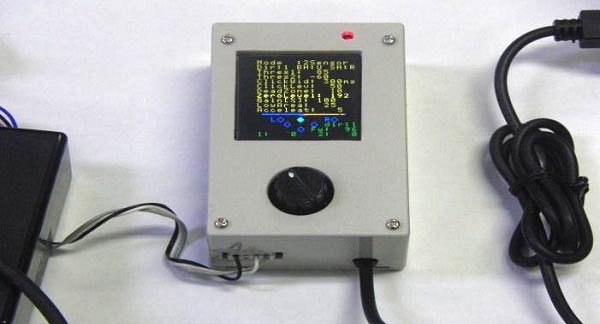A team of researchers at Kinki University’s Biology-Oriented Science and Technology Department’s Human Ergonomic Engineering Robotics Research Lab in Osaka, Japan have developed a breath-controlled mouse. The innovative new input peripheral isn’t aimed at the general consumer or gaming market but at severely disabled people who lack the capability to operate a regular hand operated mouse, touchpad or track ball.

The breath controlled pointing device works by reading the user’s breath strength and duration and converting these parameters into mouse pointer coordinates. The breath controller user can combine soft or strong inhalations and exhalations to move the mouse in either of the two dimensions. Furthermore a quick puff or suck of the tube results in a left or right mouse click respectively.

The university researchers hope that the new computer pointing device control method will give individuals who either lack the mobility or limbs/appendages necessary to use a traditional PC input method better access to what the internet has to offer in terms of utility, education and communications.

Breath/wind controllers have been pretty common in music technology for years now but are usually only used as the source of a single parameter from the strength of the air flow – commonly to control synthesised wind instrument expression via midi. An Arduino user made his own such controller last year for his computer midi and digital recording setup.
Nintendo experimented with some microphone based controls in handheld DS console games including NintenDogs, Lost in Blue 2 and the interactive musical game called Electroplankton. Also on a PC with voice recognition enabled, breath control seems to be of limited appeal for day to day able-bodied PC users other than the musical aspect.













